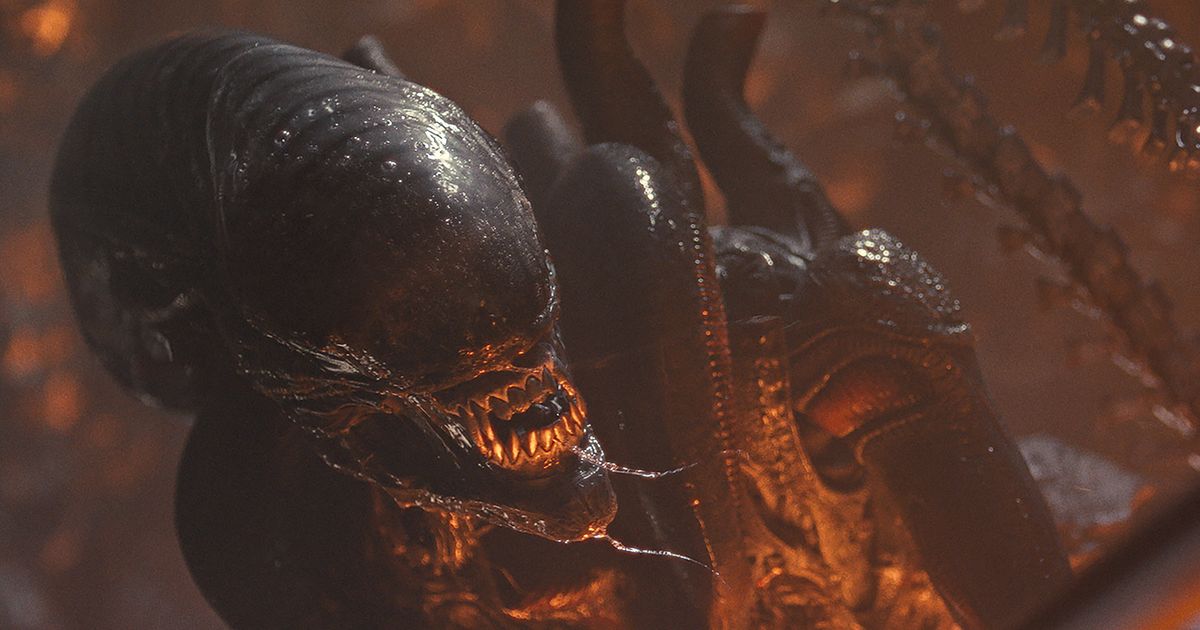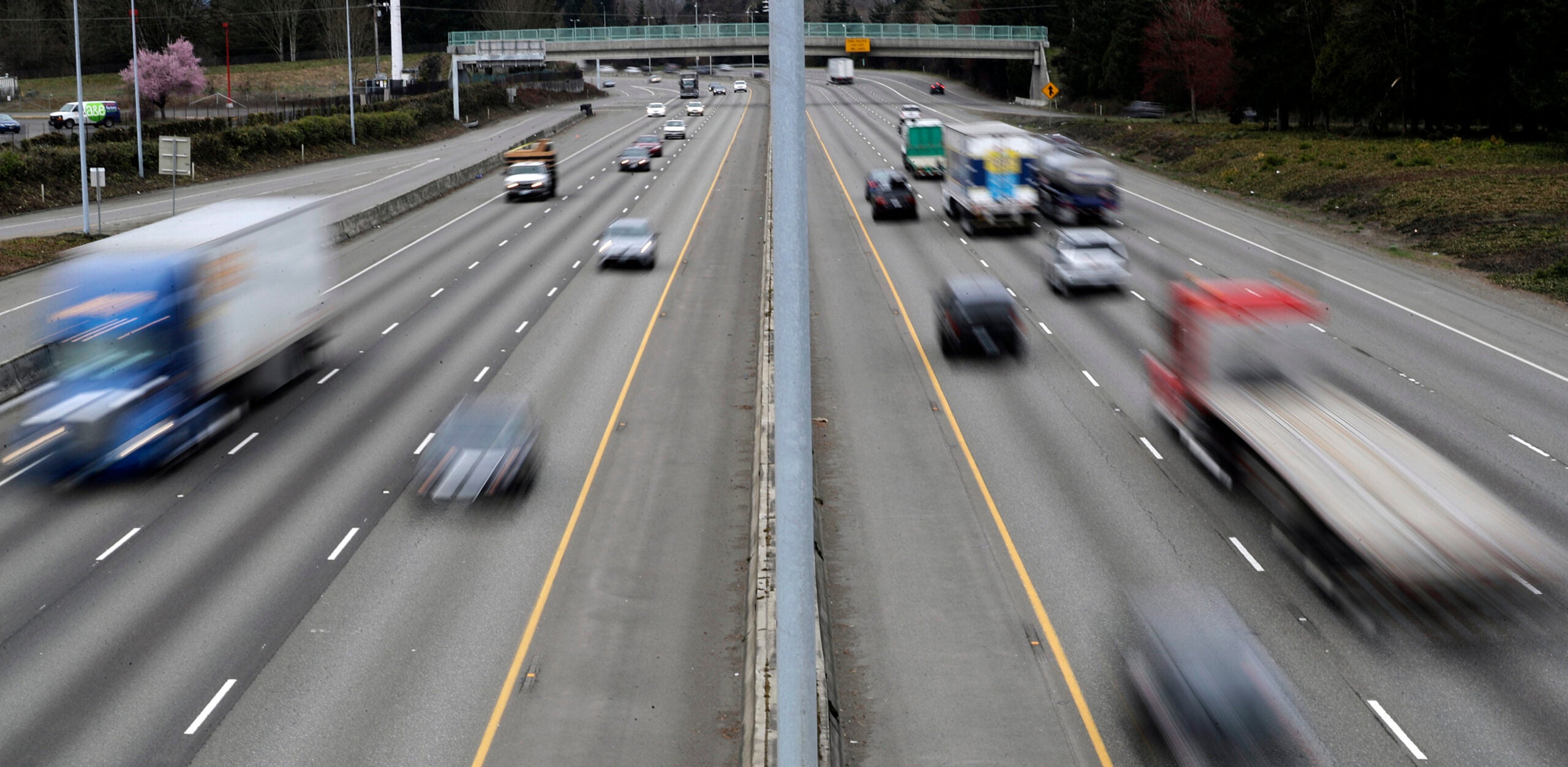Jobs
Alien: Romulus Gets the Job Done, But at What Cost?

Photo: 20th Century Studios
“You have symphonies in you, brother,” whispered Michael Fassbender’s haughty über-android David to his lowly double Walter in Ridley Scott’s Alien: Covenant (2017), trying to awaken in this lesser version a measure of the ambition, intelligence, and culture (not to mention cruelty) David saw in himself. That’s sort of what I felt like whispering to the screen throughout Fede Álvarez’s blunt and sporadically entertaining Alien: Romulus, a movie engineered mostly to provide some basic genre thrills and keep the IP alive so that the now-Disney-owned Fox can generate more Alien movies. It’ll get the job done, but at what cost?
Romulus takes place after the events of Scott’s first Alien (1979), and it also appears to have taken a page out of the director’s Blade Runner (1982), with its initial scenes of the dark, wet, overcrowded space mining colony of Jackson’s Star, where we meet young Rain Carradine (Cailee Spaeny) and her adoptive android brother, Andy (David Jonsson). After learning that her mining contract has been brutally extended by the all-powerful Weyland-Yutani corporation, Rain hitches a ride with her ex-flame Tyler (Archie Renaux) and his pals to a decommissioned space station hovering in orbit. There, they hope to salvage some cryo-pods to use to flee to the distant planet of Yvaga, far from the clutches of Weyland-Yutani. Turns out, that space station was decommissioned for a very good reason, and away we go.
Despite some deft scenes of suspense, Romulus still faces the same challenge that all Alien movies have had to deal with since James Cameron’s Aliens (1986): how to recapture the awe and terror that the series’ central H.R. Giger–designed creature, the xenomorph (not to mention the facehugger and the chestburster, which he also designed), originally provoked in viewers. Giger’s alien — tentacular and skeletal, a giant, whip-fast, crab-scrambling nightmare vision of teeth and bone and tail and claws — tapped into such unspoken, subconscious fears that it seemed to inspire filmmakers into cruel visions of a post-human universe. That’s why the Alien movies could never become the dutiful horror franchise their studio wanted them to; there was something too gnawing, too troubling about the central image on which the entire enterprise was founded. Scott’s later prequels, Prometheus (2012) and the aforementioned Covenant, went in a more philosophical direction, sidelining the scares in favor of a general sense of existential unease, taking the previous films’ subtext and making it fascinatingly overt. But those last couple of films largely flopped as genre efforts; they were too weird to get audiences salivating for more entries, though I’d love to see Scott (who produced this new one) finish out his trilogy someday.
Romulus’s task, therefore, is to give us something more meat and potatoes, and the fact that it takes place right after the original movie suggests a reset of sorts. Does it “deliver”? Its aliens are largely functional shadows with little of the uncomfortable ruthlessness of the first film or the scurrying, ever-multiplying terror of the second. A geek at heart, Álvarez seems more interested in the xenomorph’s acidic blood, which can melt through spaceships and people with gnarly ease.
What works best in the film, and which I wish it featured more of, is the tender bond between Rain and Andy. We’re told that her father found Andy in a trash heap and fixed him, reprogramming him with one directive: to keep Rain safe. Bullied by others, the android talks awkwardly and doesn’t understand the world around him; he makes lousy dad jokes because, well, her dad programmed those, too. This broken cyborg is totally dependent on his human, but the situation is reversed and complicated once they’re in orbit and Andy plugs into the space station’s operating system. But their relationship also gets somewhat lost amid the utilitarian space-horror histrionics of the film’s second half, as everything devolves into screaming, running, and dying, and the film loses its urgency. It all builds to a climax so incoherent that I bonded with total strangers after my public screening as we tried to figure out just what the hell had happened.
There’s something else in the second half, too, and here I must get into spoilers. (Some critics have been advised not to ruin this, but given that it brings nothing to the mood or the story, I’m not sure it’s a secret worth keeping.) Once aboard the space station, our heroes are confronted with the gooey, bubbly, sploogey, slithery remains of the ship’s science officer, Rook. He is played by the actor Daniel Betts, whose face has been digitally replaced by that of the late Ian Holm, who played Ash, the science officer of the original film’s Nostromo. Holm died four years ago, but his estate is thanked in the film’s closing credits, so presumably Disney got permission to do this, though some will still balk at its appropriateness.
The question isn’t so much whether such digital necrophilia is appropriate but whether it adds anything of value to the film. For starters, the effects reanimating Holm don’t look convincing, thereby rendering his presence distracting. There are enough different-looking androids in the Alien universe by now that there’s no need to bring back a dead actor to play a different model of an old one. It’s raw, unnecessary fan service — in a movie already overloaded with fan service, right down to characters quoting multiple lines from both Alien and Aliens. Narratively, Ash was quite famously revealed to be the villain of the first movie, and having the same actor show up as a similar character also removes any suspense from what this new character might be up to. It feels like a staggering miscalculation, on multiple levels. It might even wind up being this otherwise unassuming film’s sole legacy. Alien: Romulus is diverting enough, but it’s also instantly forgettable — something I don’t think I’ve ever said about any other Alien film, good or bad.










